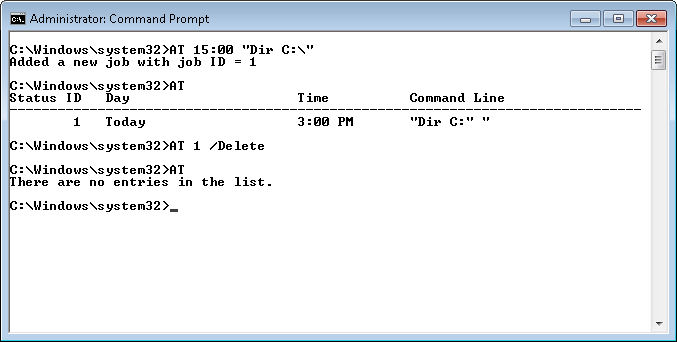The title for this post is dramatic on purpose. In my book, Accessibility for Everybody: Understanding the Section 508 Accessibility Requirements, I describe all sorts of useful technologies for making the lives of those with special needs better. In fact, this particular book has received so much attention that I’ve expanded its coverage significantly by devoting forty (and counting) posts to it. The fact is that implanted devices will continue to be a part of our lives and their use will only increase, which is why articles, such as Cyber crime: First online murder will happen by end of year, warns US firm, have me more than a little concerned. The fact is that we’re all in line for a major wake-up call at some point if something isn’t done to secure the Supervisory Control and Data Acquisition (SCADA) systems we all rely on to connect devices to the Internet today. The hardware, software, and other functionality required to make everything happen is encapsulated in a technology known as the Internet of Things (IoT). Soon, everyone will know about IoT, but few people will know or understand the underlying SCADA systems that goes with it.
The part of the articles that I’ve read so far that intrigues me most is that politicians and others in the know have been disconnecting themselves from the Internet. Note the mention of Dick Chaney disconnecting himself from the wireless part of his implanted device in the aforementioned article. If the devices and their connections were secured, our former vice president wouldn’t be quite so worried. Unfortunately, the rest of us probably won’t be quite so lucky unless we refuse to have the devices implanted at all (which would seem to be a self-defeating stance to take). I’ve actually been discussing this issue for quite some time now. The latest significant treatment of the topic appears in my An Update On Special Needs Device Hacking post. I’ve also broached the topic in Determining When Technology Hurts. The point is that this issue isn’t new, but we certainly haven’t done anything about it.
Will it actually require a slew of front page news stories depicting people assassinated through their implanted devices for someone to get the idea that there are really awful people out there who would like to kill someone (anyone) with impunity? It seems to be the case. So, now we’re seeing stories about the event actually taking place sometime soon. Even if we don’t see someone killed, I can see a situation where people have money extorted from them by hackers who have gained illegal access to their implanted devices.
I’m all for the advancement of technology that has significant potential to help people. I’ve written more than a few posts on the topic. Helping people to walk, see, hear, touch, and have generally better lives is a great idea in my book. However, the time is long past for securing these devices in a meaningful way so that only those who really need access will actually get it. Just why there hasn’t been any legislation regarding this need is beyond me. Our politicians are obviously aware of the problem and have done the work required to protect themselves, but they don’t see to be in much of a hurry to protect their constituents.
Given what I’ve seen in the past, I’m sure the medical community won’t be in any hurry to secure these devices because security has been a legislated requirement in the past. With this in mind, what do you feel needs to happen with these devices to make them a better deal for those who need them? Let me know your thoughts about the lack of security for implanted devices and devices connected to IoT in general at [email protected].


